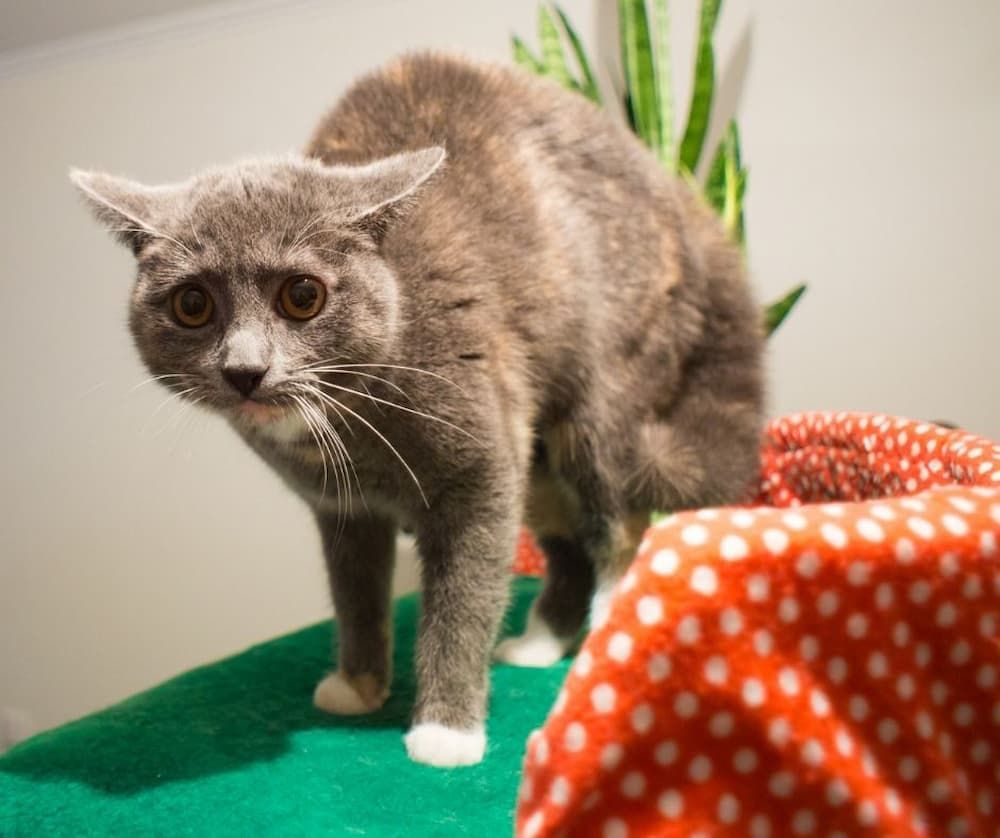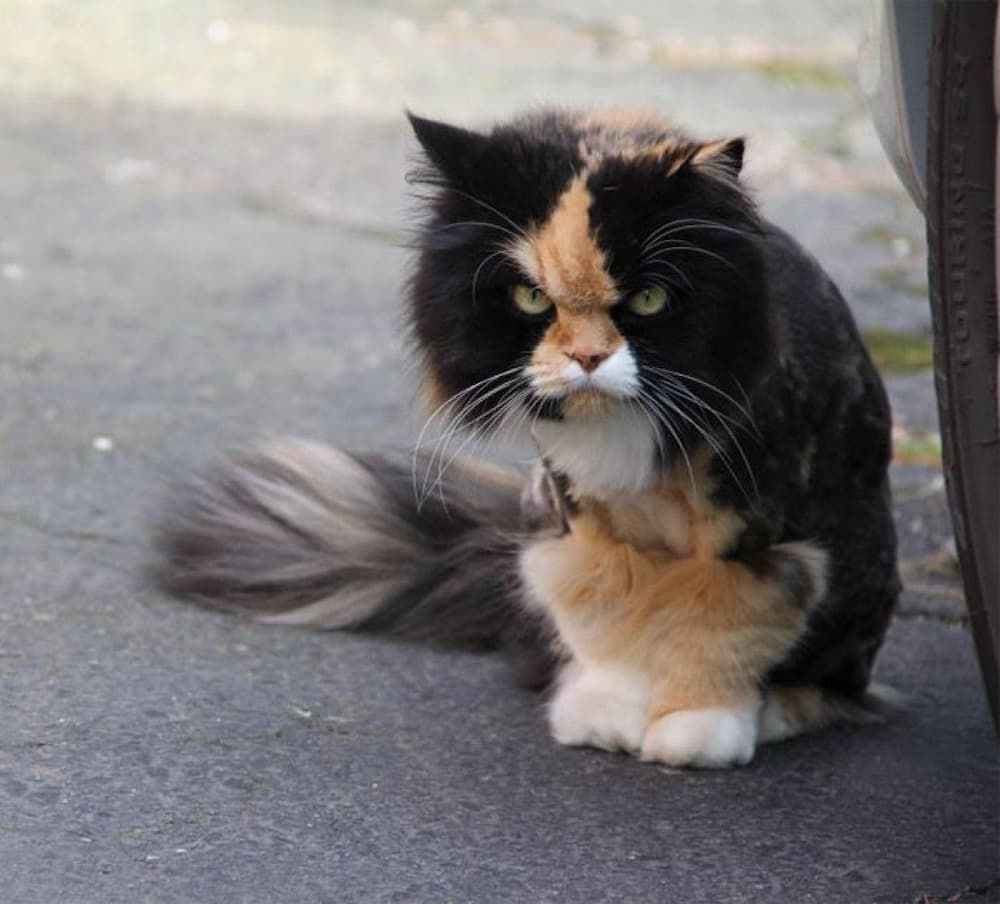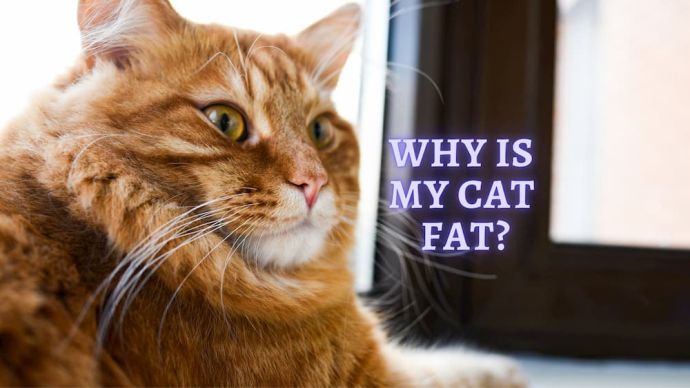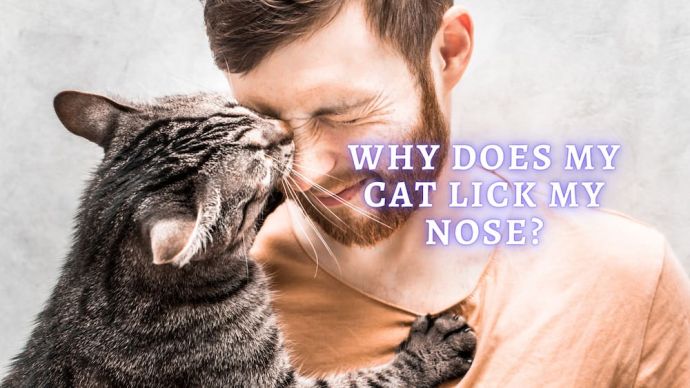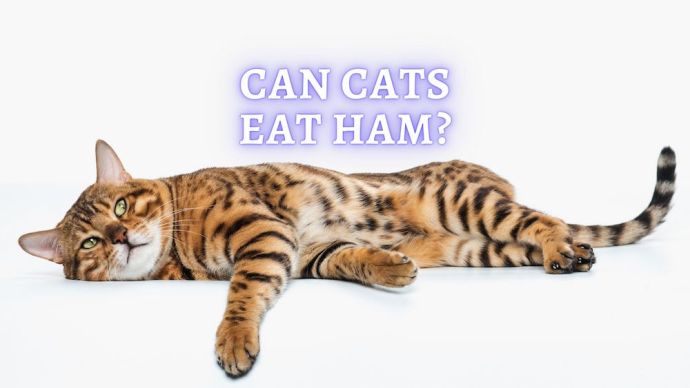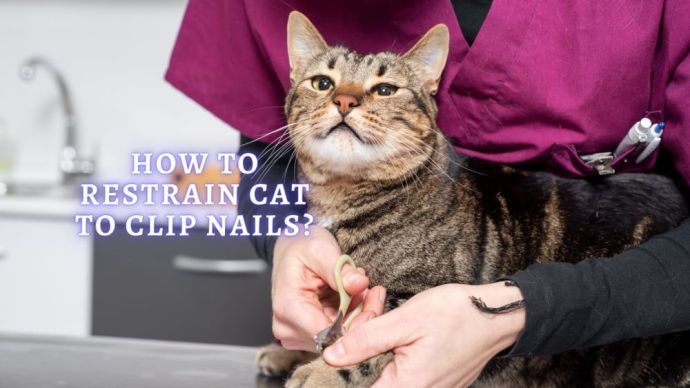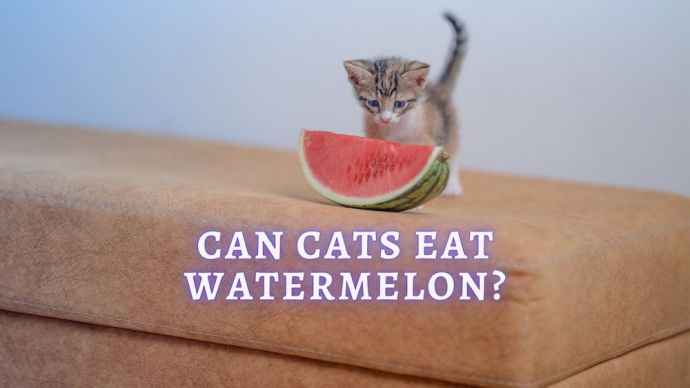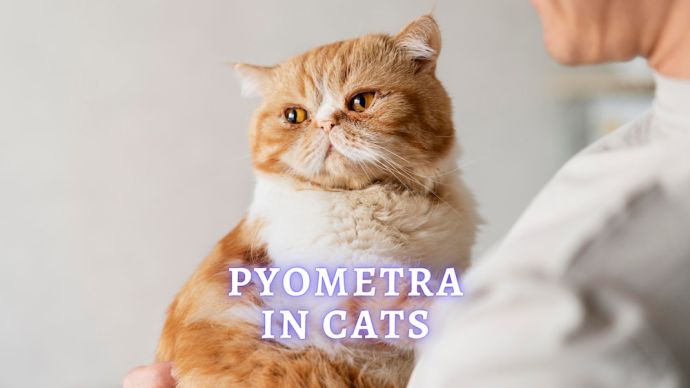Cat Tail Language: What Does It Mean When a Cat Wags Its Tail?
Written by:
Author: Vicki Smirnova
Vicki Smirnova is a professional writer and editor who adores animals and helps readers get along well with their pets. She has been working in digital media for more than 5 years and has great experience writing content about lifestyle, including pets. Vicki specializes in dog health and nutrition, cat feeding, dog training. She is an aquarium lover and is passionate to write about fish care at home. Also, Vicki headed several websites and worked as a news editor.
View all 245 articlesLearn about our editorial process and veterinary review board.
Viewed: 1637
Updated on: 06/15/2022
Cats wag their tails all the time. Sometimes, your cat may be swishing her tail just to get your attention. Other times, her tail’s back and forth motion call for trouble. So, how do you tell them apart?
How many types of cat tail wagging are there? Above all, how should you react to them?
We’re glad you asked. Today, we take a close look at why cats wag their tails and what are they trying to tell us this way. Read on to discover another chapter from the amazing and complex pet language that every pet owner should know!
Why Do Cats Wag Their Tails?
Like other domestic animals, cats use their tails to communicate with other pets or their owners. However, unlike dogs, cats have a rich pet’s language vocabulary. A flick is different from a swirl, which is different from a quiver, and so on.
Cats wag their tails to show anger, excitement, or fear. They also use their furry extensions to greet people or warn other cats about entering their territory.
Sometimes, a pet will exhibits this behavior to engage you into play. Other times, your pet will let you know that she is irritated by your teasing and cuddling.
You have to pay close attention to the kitty’s wagging tail to understand what she is trying to say. It might take a while until you learn all of your kitten’s emotions. But, once you do, the bond between the two of you will grow stronger.
How Do Cats Communicate With Their Tails?
Most pet owners read their cats’ behaviors depending on their body postures, eyes, and ears. However, if you look closely at your kitty’s tail, you will understand her emotional state better. Above all, you will prevent her from acting aggressively out of fear and confusion.
The trick is to change your mood as soon as you see your pet changing hers.
Your pet will often exhibits this behavior to communicate when confronting something new. For instance, when she meets another pet or other people, she might swap one tail movement for another in a blink of an eye. So, you will need to be alert in case a banal encounter turns into a catfight.
Remember that tail swings correlate with their moods. Simply put, they can be slow and mellow, or quick and flickering. More so, they can sometimes switch between these movements without an obvious trigger sign.
READ MORE: What Does it Mean When your Cat Sit in Loaf Position?
Cat Tail Positions and What They Mean
Take time every day to read your cat’s behavior to better understand her personality. The following tips on language should make this task a whole lot easier!
1. Tail Positions of a Happy Cat
A happy cat is easy to spot. If your kitten is feeling happy and calm, she will hold her tail vertically in the air. This position is a sign of confidence in the animal kingdom. So, your kitty is saying “I am relaxed in a safe environment, and I’m in control.”
A cheerful pet will also bend the tip of her tail while holding it high in the air. This shows that she’s curious and playful.
If your pet is used to meeting other people or pets, she will approach them this way. In feline language, a vertical position with a hook on top is a sign of a friendly greeting.
Lastly, a happy cat will wrap its around your legs and cuddle you with love. At this point, you have reached a strong bond of trust and understanding with your furry friend.
However, if your kitty does this with anyone who visits your home, then she’s most likely begging for treats or scratches.
2. Tail Wagging Positions of a Focused Cat
When a pet is focused on something, whether it is a toy, a person, or another pet, she is showing alertness.
For example, if you are teasing your kitten with a toy, she might stop and wag her tail. A slow swishing from side to side may show that she is focusing on the “prey” before launching a sneak attack. It’s just her way of being playful, but not always.
Sometimes, your pet may look focused and be downright angry at the same time. If the this behavior doesn’t tell you much, check other parts of her body for signs of crankiness.
For instance, if her ears are turned backward, then she is irritated and annoyed. So, the next sneak attack might be on you, and not on the toy.
When you have new friends over, you may notice your cat standing at a safe distance with her tail positioned straight behind her. Also, you might see her dozing off for a quick nap while holding the tail wrapped around her body.
Both positions show that your pet is comfortable but remains alert. Is her way of saying “I’ll be right here if these friends of yours don’t behave.”
3. Tail Positions of a Scared Cat
Few things are more spine-chilling for a pet owner than to see her cat bent out of shape. A scared pet is also one that could act aggressively, bite, and scratch anyone who gets near her.
Again, the easiest way to understand how and why your pet is feeling that way is by looking at her behaviour.
When your cat gets seriously scared about something, such as a dog, a stranger, or a toy, she will arch her back and puff her hair.
Next, she will hiss and growl at whatever is scaring her. Finally, to show that she is not a pushover, your kitty will show her sharp teeth.
Now, look at her tail!
If her tail is pointing straight up, she is ready to attack. However, if she holds her tail between her hind legs, she gets into a defensive stance.
This way, she can protect her vital organs from a blow. Lastly, if her tail is pointing towards the ground, it means that she is calming down, but remaining alert.
Whenever you see your pet in this situation, your best choice is to cut the tension. Remove the pet, person, or object that she fears, from her sight.
Lastly, talk gently to your scared pet to calm her down, and let her come to you for reassuring cuddles.
READ MORE: Why My Cat Is So Clingy?
4. Tail Positions of a Cranky Cat
All cats get cranky. Contrary to most dogs, cats will even get annoyed by their beloved pet parents and bite or scratch them mercilessly. If you have had a pet for at least a month, you know what we’re talking about.
So, how do you tell when your Cat is cranky?
If she is flicking the tip of her tail, it means that playtime is over. At this point, you should stop stimulating her. Otherwise, the cuddles and giggles will instantly turn into cries and cusses.
Cats may do flicker their tails in various situations. For instance, they will do so when you tease them for too long with toys.
Also, they will move back and forth when they cannot catch a fly or retrieve their favorite ball from under the couch.
Lastly, a quick flicker may show that the other pet she has just met is not up to her liking.
READ MORE: What Does It Mean When A Cat Winks At You?
FAQ – Cat Tail Language
Why do Cats swish their Tails?
Tail swishing is a clear sign of your cat being focused on something. For example, she may swish her tail when playing with a toy or when looking out the window and seeing squirrels in the backyard.
A cat may also swish her tail when hunting, whether it’s for real or just make-believe. It is in her feline nature to snare and explore her surroundings for potential prey.
What do a Cat’s Tail movements mean?
The tail of a cat is one of the best indicators of her emotions and mood. For instance, tail wagging is a sign of confidence and calm, especially when it is in an upright position.
Alternatively, the cat’s tail held around her body is a sign that she remains alert despite feeling relatively safe with the surrounding environment.
Do Cats wag Tail when happy?
Cats wag their tails for many reasons. Being happy is one of them. If you see your cat approaching you while wagging her tail back and forth, she is happy to see you. Also, she may be looking for affection or snacks.
A cat’s tail wag is quite different from that of a dog. The two pets share the same body language up to a point. Tail wagging dogs show that they are happy and submissive. On the other hand, cats wag their tails to show that they’re comfortable with your presence, but not necessarily your servants.
How can you tell if a Cat is happy?
A joyful cat is a heartwarming sight. When your cat is feeling safe and confident, she will show it through her body language. For example, she will wrap her tail around your legs and purr. As you kneel to pet her, the tail wag will become smoother as she will embrace you with it.
Happy cats also seem to swish their tails while lying down or sitting. A tail held around her body shows a calm and playful cat behavior. It’s up to you to keep her that way. For instance, try not to overstimulate your cat or keep her in the company of other cats, dogs or people, who she dislikes.
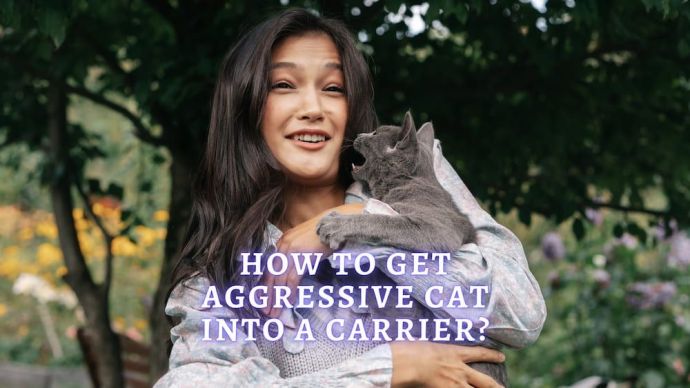 Cat Care How to Get an Aggressive Cat Into a Carrier? 6 Methods to Get a Cat Into a Carrier
Cat Care How to Get an Aggressive Cat Into a Carrier? 6 Methods to Get a Cat Into a Carrier - 1339
- 0
 Cat Care Why Does My Cat Attack My Legs? 10 Reasons Why and What To Do About It (Vet-Approved Advice)
Cat Care Why Does My Cat Attack My Legs? 10 Reasons Why and What To Do About It (Vet-Approved Advice) - 45566
- 21
 Cat Veterinary Tips Cat Stomach Gurgling: Vet Advice on Why is Your Cat Stomach Gurgling?
Cat Veterinary Tips Cat Stomach Gurgling: Vet Advice on Why is Your Cat Stomach Gurgling? - 35340
- 4
 Cat Veterinary Tips My Cat Lost its Voice: Can Cats get Laryngitis? (Vet Advice)
Cat Veterinary Tips My Cat Lost its Voice: Can Cats get Laryngitis? (Vet Advice) - 23247
- 13













